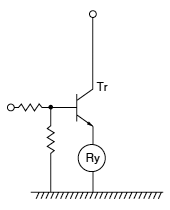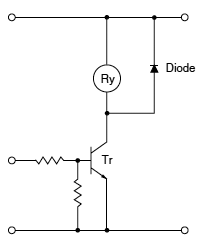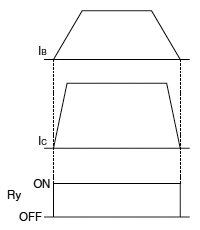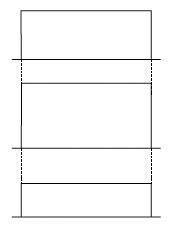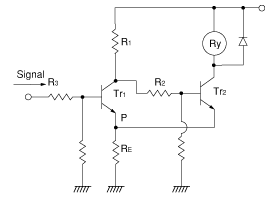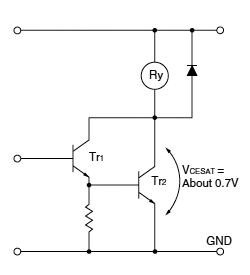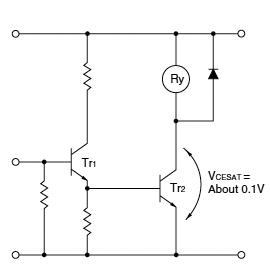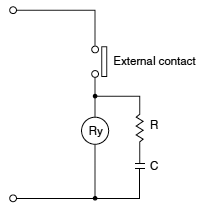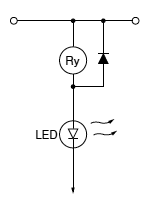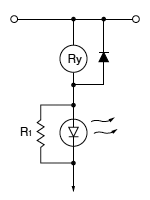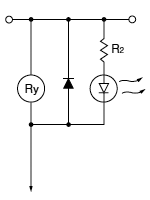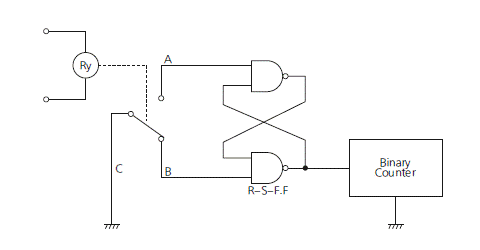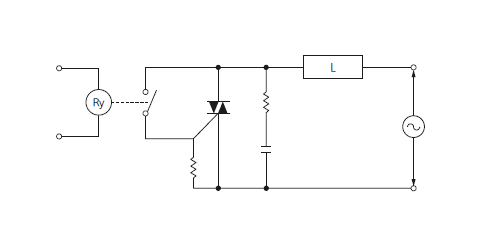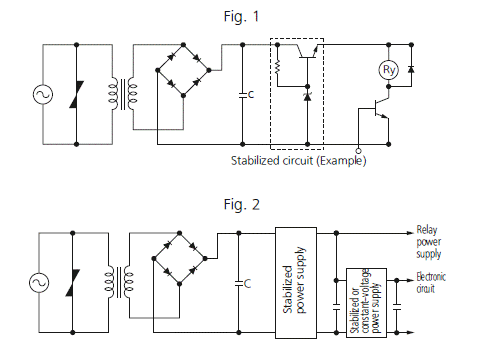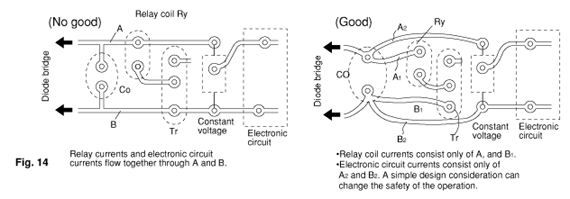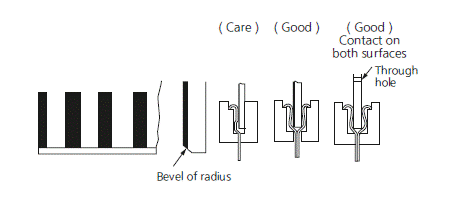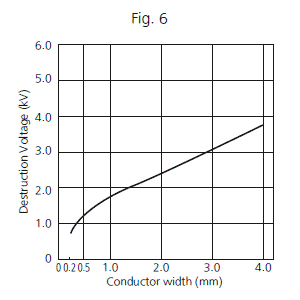Hole and Land Diameter
The hole diameter and land are made with the hole slightly larger than the lead wire so that the component may be inserted easily. Also, when soldering, the solder will build up in an eyelet condition, increasing the mounting strength. The standard dimensions for the hole diameter and land are shown in the table below.
Standard dimensions for hole and land diameter (Unit: mm)
| Standard hole diameter | Tolerance | Land diameter |
|---|
| 0.8 | ±0.1 | 2.0~3.0 |
| 1.0 |
| 1.2 | 3.5~4.5 |
| 1.6 |
Remarks
- The hole diameter is made 0.2 to 0.5 mm larger than the lead diameter. However, if the jet method (wave type,jet type) of soldering is used,because of the fear of solder passing through to the component side, it is more suitable to make the hole diameter equal to the lead diameter +0.2mm.
- The land diameter should be 2 to 3 times the hole diameter.
- Do not put more than 1 lead in one hole.
Expansion and Shrinkage of Copperclad Laminates
Because copperclad laminates have a longitudinal and lateral direction,the manner of punching fabrication and layout must be observed with care. The expansion and shrinkage in the longitudinal direction due to heat is 1/15 to 1/2 that in the lateral,and accordingly, after the punching fabrication, the distortion in the longitudinal direction will be 1/15 to 1/2 that of the lateral direction. The mechanical strength in the longitudinal direction is 10 to 15% greater than that in the lateral direction. Because of this difference between the longitudinal and lateral directions, when products having long configurations are to be fabricated, the lengthwise direction of the configuration should be made in the longitudinal direction, and PC boards having a connector section should be made with the connector along the longitudinal side.
Example : As shown is the drawing below, the 150 mm direction is taken as the longitudinal direction.
Also, as shown in the drawing below, when the pattern has a connector section, the direction is taken as shown by the arrow in the longitudinal direction
When it is Necessary to Use Hand Soldering for One Part of a Component After Dip Soldering Has Been Done
By providing a narrow slot in the circular part of the foil pattern, the slot will prevent the hole from being plugged with solder.
When The Printed Circuit Board Itself is Used as a Connector
- The edge should be beveled. (This prevents peeling of the foil when the board is inserted into its socket.)
- When only a single side is used as the connector blade, if there is distortion in the circuit board, contact will be defective. Care should be taken.
PC Board Reference Data
This data has been derived from samples of this company's products. Use this data as a reference when designing printed circuit boards.
Conductor Width
The allowable current for the conductor was determined from the safety aspect and the effect on the performance of the conductor due to the rise in saturation temperature when current is flowing. (The narrower the conductor width and the thinner the copper foil, the larger the temperature rise.) For example, too high a rise in temperature causes degradation of the characteristic and color changes of the laminate. In general, the allowable current of the conductor is determined so that the rise is temperature is less than 10°C. It is necessary to design the conductor width from this allowable conductor current.
Fig. 1, Fig. 2, Fig. 3 show the relationship between the current and the conductor width for each rise in temperature for different copper foils. It is also necessary to give consideration to preventing abnormal currents from exceeding the destruction current of the conductor.
Fig. 4 shows the relationship between the conductor width and the destruction current.


